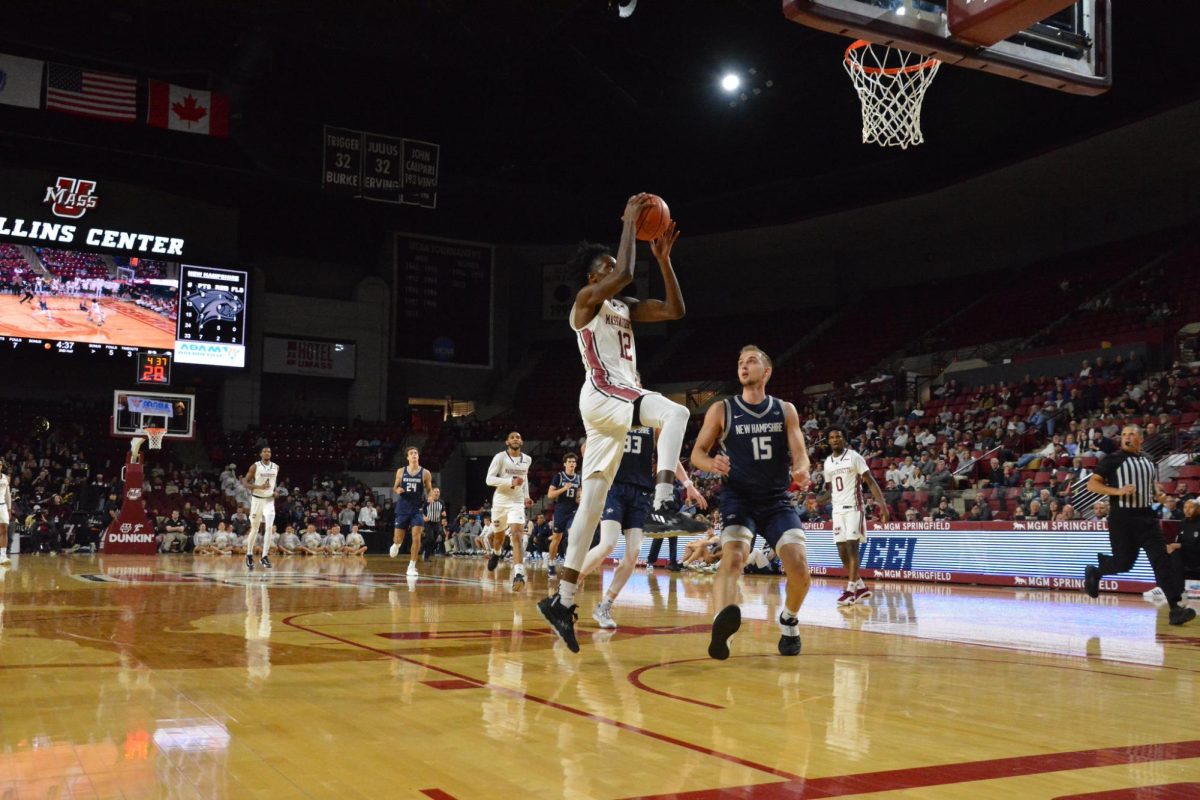While the graphic images of the collapsed portion of the Pentagon are disturbing, experts say that it could have been much worse.
Pentagon Renovation Manager Lee Evey, speaking with reporters shortly after the attack, described how the renovation of the Pentagon kept much of the building together.
“Now, this was a terrible tragedy and people lost their lives. But I’m here to tell you that had we not undertaken this effort in the building, this could have been much, much worse,” Evey said.
Renovation was just days from completion in Wedge One, where the American Airlines Boeing 757 impacted into the home of the US Department of Defense. The plane’s path took it through Wedge One and into Wedge Two.
The renovations, intended to protect the building in case of attack, are credited with keeping the building upright long enough for survivors to get out.
“These two individuals were on the fifth floor on their hands and knees, but they crawled through every office on the fifth floor making sure that anybody that was alive got out,” Evey explained. “They then crawled the same thing on the fourth floor, directly above where the aircraft impacted; the third floor; they crawled the second floor, to every single office, to make sure that if anyone was there who survived, that they got out.
“They couldn’t get into the first floor, so they crawled out the building at that point. This structure held. It did not collapse for about 30 or 35 minutes,” Evey added. “It gave them the time to do that and it gave people in the building time to escape the area. Even if they were injured, they had an opportunity to get out.”
Steel columns erected every few feet along the interior of the outside wall of the Pentagon are bolted together through the five floors of the building, forming a support skeleton. Between the columns are sheets of Kevlar, a strong fiber used in bulletproof vests. The panels are there, Evey explained, to stop any debris from blowing into the offices.
“These white panels, that’s a Kevlar cloth, the same stuff we make bulletproof vests out of,” Evey said. “We interspersed the Kevlar in between the steel beams in the windows to catch any fragmentation that would result from a blast event.”
New windows, of blast resistant glass have been added. Many of the windows of Wedge One, the renovated portion, remained intact, although many were displaced as a result of the collapse.
“What’s interesting about this is, first, you still see the steel connected together and intact. And despite the obvious huge pressures to which this glass was exposed, the glass is still intact,” Evey said. “Even though the building eventually collapsed, the pieces of glass are still, for the most part, in a single piece. They just kind of popped as the building came down.
“The glass is almost two inches thick. And we developed these windows and the system, the steel framework to go around it, in conjunction with the Army Corps of Engineers,” Evey said. “We did work with the Army Corps of Engineers, using the blast analysis group that they have, to determine what types of overpressures this building might be subjected to, and then try to develop a blast-resistant system to defeat that.” These types of reinforcements are nothing new, according to University of Massachusetts professor Scott Civjan. Civjan, a civil engineer, explained that terror attacks in the nineties influenced the way that embassies and other governmental buildings are built.
“The technology has been there for a while. There is a lot of work that is done with embassy design where they are trying to prevent terrorist attacks. There is a large perimeter around the building,” Civjan explained. The embassy bombings, I think that raised the government awareness of government structures. Seeing how to better prevent these attacks, not only in the news structures, but in the existing structures.”
The problem, Civjan explained, is that while you can design a building to absorb any amount of damage, the cost and feasibility of such a design makes it an expensive and infrequent choice.
“You can make things stronger and stronger and more ductile, but there’s always a trade off of whether you really think it needs to be designed for that and how much it’s going to cost,” Civjan said. “We can design it so that it can support the loads of the building, but it’s really hard to design it to prevent everything that could possibly happen.”
For instance, Civjan explained, the Trade Center Towers were expected to absorb the damage of a plane crash.
“The Trade Center was designed for one plane, not as big as a 757, and with a fire at the same time. It wasn’t so much the impact of the plane that caused them to collapse. It was the intense fire that was going on, the steel is going to lose strength, and though it was supposed to stand with the fireproofing in a normal fire,” Civjan said. “But since this was such an intense fire and the impact probably knocked out some of the fireproofing. The upper stories fell, and then you have the lower levels trying to support all that weight.”
While the renovations will continue at the Pentagon, to the tune of some 758 million for the remaining wedges, and untold millions to repair Wedge One, the rebuilding of the Trade Center Towers, and what steps will be taken to reinforce that structure remain to be seen.
“How you are going to rebuild that area is going to be very interesting. The first thing that jumps out at me is that the fire rating on very large structures. I think that’s going to be the first thing to be addressed. I think the next thing is the ductility- that’s up to the owners of the buildings. I think there will be required ratings for certain types of buildings. I think government buildings will have higher regulations for design, I think buildings that people think are likely targets, like skyscrapers, will also.”






